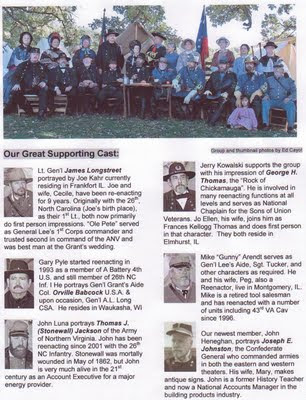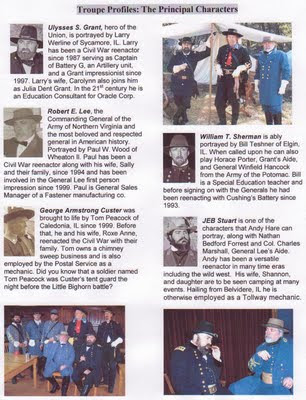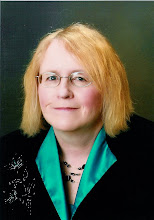
Take any nice sour cooking apples, and after wiping them, cut into slices about one-fourth of an inch thick; have a frying-pan ready, in which there is a small amount of lard, say 1/2 or 3/4 of an inch in depth. The lard must be hot before the slices of apples are put in. Let one side of them fry until brown; then turn, and put a small quantity of sugar on the browned side of each slice By the time the other side is browned, the sugar will be melted and spread over the whole surface.
Serve them up hot and you will have a dish good enough for kings and queens, or any poorman's breakfast, and I think that even the President would not refuse a few slices, properly cooked. There is but little choice between frying and baking by these plans; either one is very nice. Dr. Chase's Recipes, pages 298-299, by Alvin Wood Chase, M.D., Ann Arbor, Michigan, Chase: 1864
Note: Wash a combination of five medium granny Smith and McIntosh apples. Core the apples and slice about one-quarter of an inch thick. In the meantime, get ready two-thirds cup brown sugar and one-quarter teaspoonful of freshly grated nutmeg. Heat four tablespoonsful of unsalted butter over medium heat in a cast-iron skillet; being careful not to burn the butter. Heat the apple slices on one side for about five minutes; turn and sprinkle with brown sugar and nutmeg. Cook for about six more minutes or until desired tenderness. You can turn the apples gently twice to coat with the sugar and nutmeg. Serve immediately.
This is a delightful dish by itself, or over ice cream. If you do not like skin on your apples, you may peel your apples before cooking. The presentation won't be the same.
Try this recipe at your next Civil War event and let the wonderful apple aroma bring spectators to your camp.


 Click on the brochure to enlarge.
Click on the brochure to enlarge.

 Click on the brochure to enlarge.
Click on the brochure to enlarge. Prior to my writing, drawing and painting had been an important part of my life. As far back as I can remember, I always had a crayon, pencil, or paintbrush in my hand.
Prior to my writing, drawing and painting had been an important part of my life. As far back as I can remember, I always had a crayon, pencil, or paintbrush in my hand.



